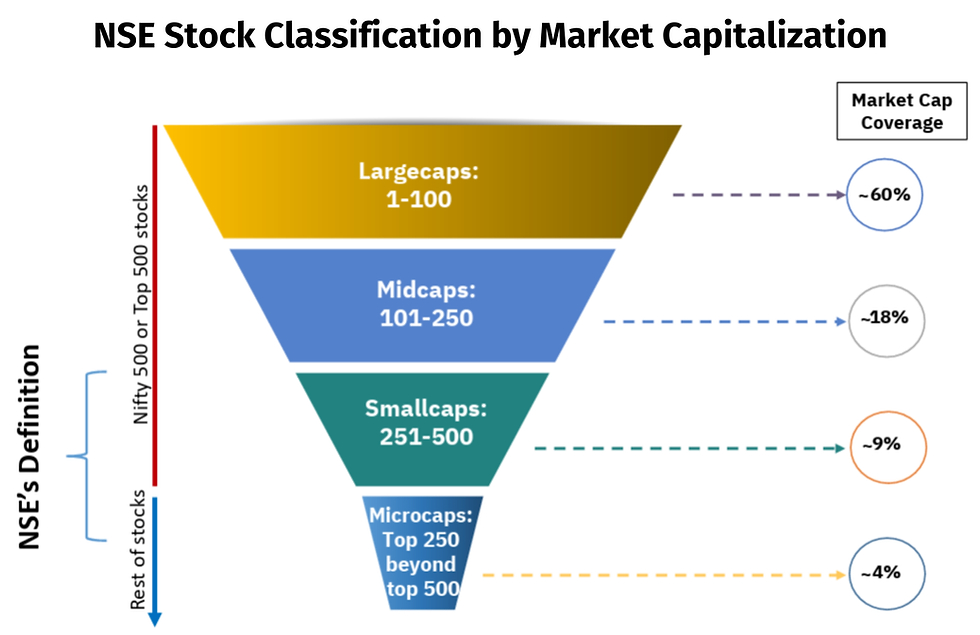It Creeps, And Can Kill
- Akshay Nayak
- Jan 7, 2024
- 4 min read
When coming up with an inflation estimate to link to our spending needs most of us usually lean towards a figure that is in and around the prevailing rate of headline inflation at a given point of time. This figure is easily available since the government and the RBI keep releasing revised estimates of this figure at regular intervals. Naturally, headline inflation numbers become the easiest benchmark for us to lean on. But, basing our inflation assumptions around headline inflation numbers is highly unlikely to give us realistic estimates.
This is because we constantly aspire to lead a better lifestyle with the availability of an income and an increase in our capacity to earn more over time. And headline inflation numbers do not factor in the gradual increase in our cost of living over time. What's more, any increase in our cost of living is more than likely to be permanent. And such a permanent increase in our cost of living is generally referred to as lifestyle creep. It is essential for us to how lifestyle creep can manifest itself, how it affects the way we manage our money and how lifestyle creep can be controlled and managed. Therefore I will be talking about all of these aspects today.
Lifestyle creep predominantly manifests itself when our cost of living goes up because we make an upward shift in our lifestyle itself. In other words it occurs when we progressively consume better standards of goods and services over a period of time. Examples of this could include making use of a private vehicle instead of public transport and flying business class or first class instead of economy when travelling by air. It should not be confused with a situation where our cost of living could rise because we spend more to maintain our current lifestyles. This is simply representative of the effects of inflation having a bearing on our cost of living, which is common to everyone.
Also, inflation has a bearing on the amount we spend in all areas right from essential to discretionary expenses. Lifestyle creep on the other hand majorly affects only our discretionary spending. This is because lifestyle creep is linked to an increase in our income and earning capacity. Therefore lifestyle creep usually affects each of us to varying degrees. And it is more than likely to represent a permanent increase in our discretionary spending. This is because once we make an upward shift in our lifestyle, we are highly unlikely to want to bring it back down to where it was before.

For instance once we get used to travelling by air, we may avoid travelling by road unless there is no alternative. Lifestyle creep usually represents a significant and permanent increase in our spending. So it automatically increases the amount we would require for major financial goals exponentially. And often, we may not be able to save and invest at a rate that is high enough to allow us to have our corpus for either or each of these goals ready in time. And this is the most crucial implication of lifestyle creep on our money management.
Reversing lifestyle creep once we make an upward shift in our lifestyle would be extremely difficult for most of us. Managing lifestyle creep is therefore an important challenge that all of us need to solve for. The biggest obstacle with regard to managing lifestyle creep is that it mainly requires a shift in mindset and the discipline to move a major portion of our discretionary and aspirational spending forward to a later date. In other words we must train ourselves to delay most of our major discretionary spending until the post retirement phase of our lives, by which time our essential needs and goals would have been planned and provided for.
But having the kind of maturity required to adopt such an approach is something that may be beyond most of us. A more plausible solution would therefore be to effect an upward shift in our lifestyles at a rate that is disproportionately low relative to increases in our income and earning capacity. This would involve us learning to think through each decision connected to making an upward shift in our lifestyles and going through with it only if it adds enduring value to our lives. For example, moving from a rented home to an owned one would make sense since it eliminates the monthly liability of having to pay rent.
But purchasing multiple homes when we already own one simply because we have the resources to be able to do so may not make as much sense. Such decisions need to be put on the back burner and acted upon only when more important financial needs and goals have been planned for and met. A few other measures to manage lifestyle creep have been laid out in the graphic that follows.

There can be no denying the fact that wanting to upgrade our lifestyles whenever possible is an aspiration that is perfectly understandable and plausible. But we must also realise that a perennial obsession with lifestyle upgrades only creates a vicious self reinforcing cycle that takes our focus away from the things that really matter to us and leaves us feeling unfulfilled.

And before we know it, the cost of our lifestyles would have crept up on us to the extent that it may be financially fatal for us. It is therefore important to manage lifestyle creep and nip it in the bud whenever possible. This would allow us to follow a lifestyle that is both financially prudent and emotionally fulfilling.



Comments